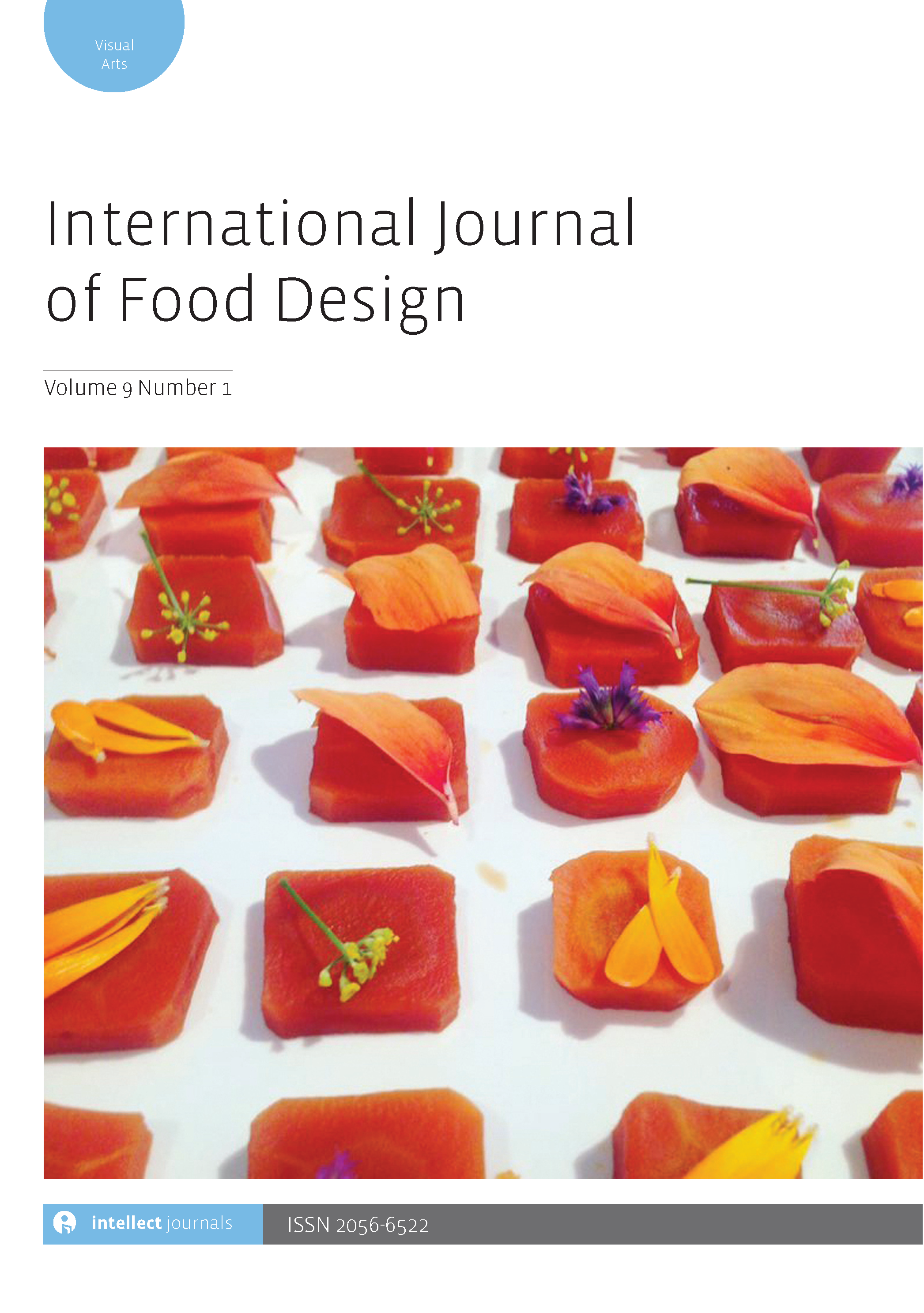-
oa Psychological effects of energy gels: An investigation into runners’ energy gel choice and consumption strategies in marathon running
- Source: International Journal of Food Design, Volume 7, Issue 1, Apr 2022, p. 59 - 78
-
- 25 May 2020
- 13 Oct 2021
- 01 Apr 2022
Abstract
Marathon running is a physical and mental activity. Runners consume high-energy food products to fill their glycogen stores for maintaining their marathon performance. This makes consuming carbohydrates, mainly in the form of energy gels, an essential part of marathon running. While previous research demonstrates significant physiological effects of these high-energy food products on performance, their psychological effects, which could benefit from and shed light on food design studies, have been underexplored. This article explores these effects with two participant studies, a narrative study (n = 10) and a survey (n = 39). The inquiries start with understanding the psychology of marathon runners and examining the psychological effects of energy gels on marathon running. The results showed that the marathon runners follow a self-identified energy gel consumption strategy during marathon running. Several qualities of energy gels influence these strategies and the meanings marathon runners attach to energy gel consumption. The findings elucidated a novel area of food design research by unveiling the nature of the non-nutritional interactions between runner and energy gels consumed in marathon running.



